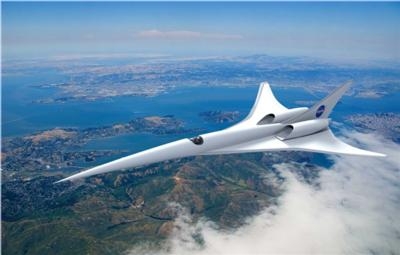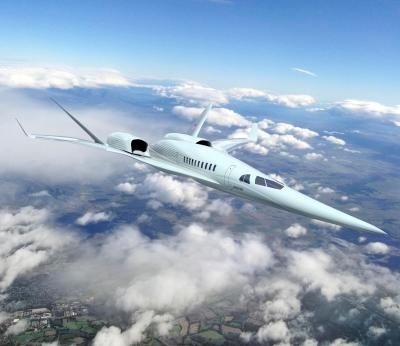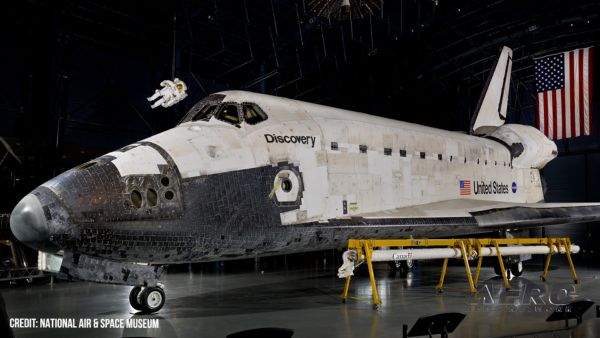Sun, May 08, 2016
New Software And Cockpit Displays Reduce Sonic Boom Noise Impact From Airplanes
Honeywell Aerospace is working with NASA’s Armstrong Flight Research Center to study the most effective way to visually inform pilots flying supersonic jets about sonic booms, a loud noise caused by current aircraft traveling faster than the speed of sound. Honeywell recently flight-tested new cockpit displays that help pilots see sonic booms before they happen so they can reroute and reduce the effects of aircraft noise over populated areas. By predicting sonic boom footprints, Honeywell will remove a key roadblock to speed up the introduction of supersonic travel and support one of NASA’s goals to modernize flight.

Early in 2015, Honeywell was awarded a two-year contract as part of NASA’s Commercial Supersonic Technology (CST) Project to aid in overcoming the issue of sonic booms as a roadblock to commercial supersonic flight. In their first year under the contract, Honeywell and NASA have designed and developed predictive software and display technology that has been successfully tested in flight over commercial airspace.
“NASA is committed to making supersonic flight over land a reality, and key to achieving this is to reduce the impact of sonic booms,” said Bob Witwer, vice president of Advanced Technology at Honeywell Aerospace. “Using the Honeywell User Experience design concept, our engineering team has tackled how to intuitively inform pilots about upcoming terrain, weather and more — now we are helping pilots predict and visualize noise to tackle sonic booms.”
“Important to our progress in reducing the sonic boom impact over land is to have a predictive sonic boom display in supersonic aircraft cockpits that ensures our future quiet supersonic aircraft remain below acceptable noise levels,” said Brett Pauer, NASA CST subproject manager at Armstrong Flight Research Center. “We have partnered with avionics companies like Honeywell to translate our NASA algorithms into an integrated avionics system that is tested and evaluated by pilots.”

Honeywell’s predictive software and displays for supersonic jets are in ongoing development and testing with NASA. The conceptual designs used under NASA’s Commercial Supersonic Technology Project are tied to Honeywell’s Interactive Navigation (INAV) technology. INAV is the aerospace industry’s first system providing the simultaneous display of traffic, terrain, airspace, airways, airports and navigation aids. INAV software is designed to allow easy addition of new display formats to existing cockpits, and the predictive software for sonic booms takes full advantage of this feature, allowing it to be effortlessly incorporated into existing and future airplanes. Already in use on Honeywell Primus Epic integrated cockpits on Dassault, Gulfstream, Pilatus and Beechcraft aircraft, INAV will help make the next generation of supersonic flight a reality.
(Source: Honeywell news release. NASA images from file)
More News
Also: Netherlands Donates 18 F16s, 2 737s Collide On Ramp, E-7 Wedgetail Cut, AgEagle's 100th In S Korea The Pilot and Aircraft Privacy Act was introduced in the House by Represent>[...]
“This delivery represents more than just a milestone. It symbolizes our shared commitment to national security and our unwavering support for the men and women who serve on t>[...]
Aero Linx: Vintage Wings of Canada Foundation Vintage Wings of Canada is a not-for-profit, charitable organization with a collection of historically significant aircraft and is run>[...]
From 2023 (YouTube Edition): To Preserve and Teach Incorporated as a non-profit domestic corporation in June 1997, the Army Aviation Heritage Foundation (AAHF) is a one-of-a-kind, >[...]
Also: Air Taxis May Be Close, AgEagle Sells 100th, VAI Likes Bedford, AURA AERO Cleans Up Volocopter has resumed work towards the certification of its VoloCity eVTOL, this time und>[...]
 Airborne 06.30.25: US v ADS-B Misuse, Natl STOL Fire, Volocopter Resumes
Airborne 06.30.25: US v ADS-B Misuse, Natl STOL Fire, Volocopter Resumes Aero-News: Quote of the Day (07.06.25)
Aero-News: Quote of the Day (07.06.25) ANN's Daily Aero-Linx (07.06.25)
ANN's Daily Aero-Linx (07.06.25) Classic Aero-TV: Portrait of the Army Aviation Heritage Foundation
Classic Aero-TV: Portrait of the Army Aviation Heritage Foundation Airborne-NextGen 07.01.25: Volocopter Returns, B23 Energic, Iran Tech In UAVs?
Airborne-NextGen 07.01.25: Volocopter Returns, B23 Energic, Iran Tech In UAVs?




